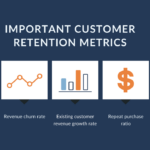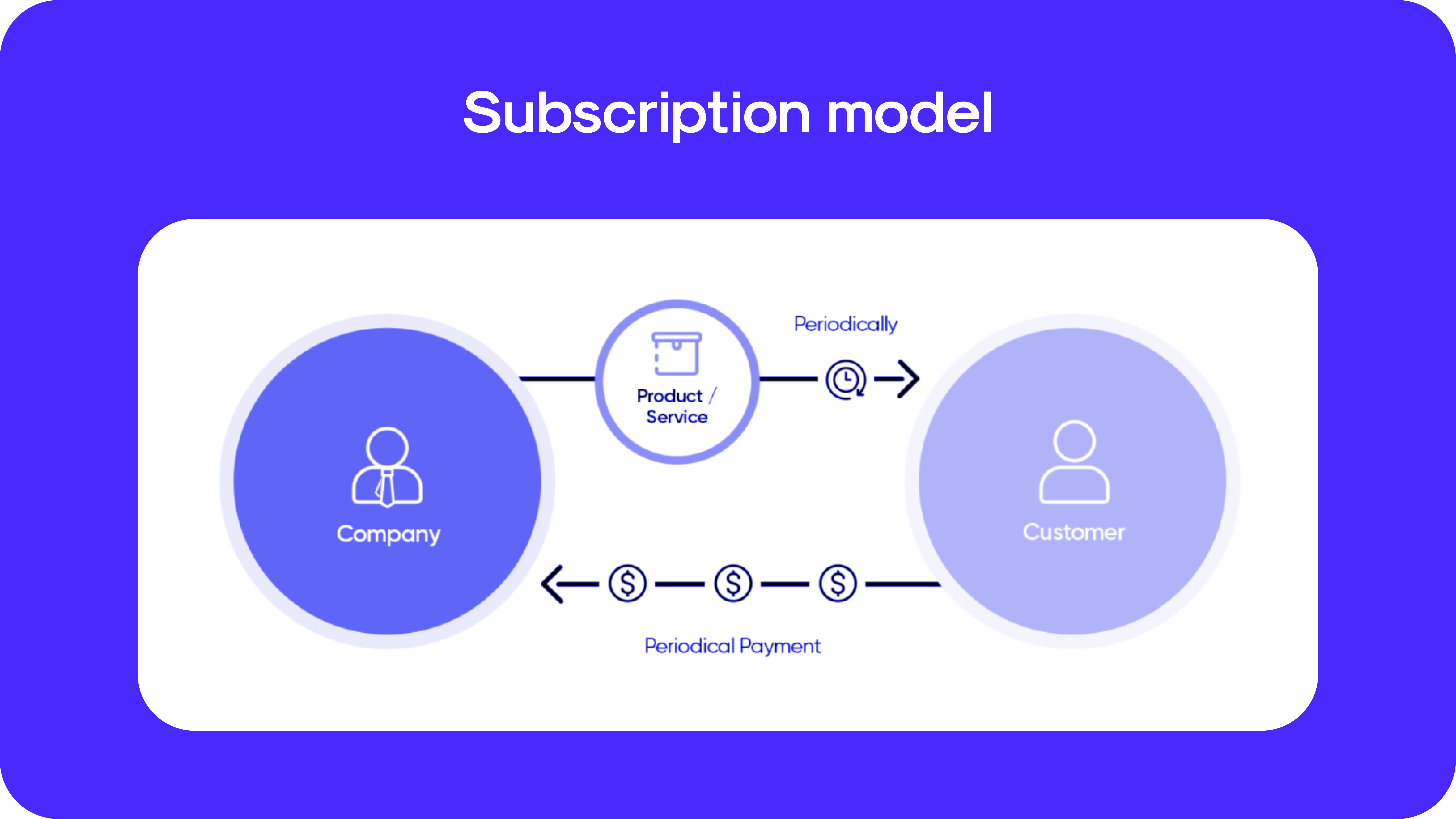Every business, whether actually priced as a subscription business or not, is reliant on how much their customers spend with them, how often they spend with them, and for how long they continue to spend with them. Therefore, the same mechanisms need to be optimized and thinking needs to be almost the same.
The purpose of this piece is to help create a framework that shapes our thinking. Many businesses have turned their offering into an actual subscription charging monthly or annually with the intention of increasing loyalty. Let’s understand this concept a bit more:
The Value of a Subscription Business
One could think that a customer will buy a product monthly if they want / need anyways just as they can cancel a subscription. However, while this holds theoretically true, and customers might say that they will act in this rational manner, what actually happens is that there is a significant bias to not act against the status quo.
We see this in the simplest example: the percentage of people subscribing to an email database after making a purchase differs significantly based on whether they need to not uncheck a subscription box compared to needing to check a subscription box.
To understand this, lets dive into what is happening subconsciously vs consciously:
Subconsciously we are making millions of decisions each minute. We certainly could not cope with making all needed decisions consciously. The gap between these two result from familiarity and habit. Often something has to happen that forces us to turn a subconscious decision into a conscious one.
If a subscription goes off automatically a customer is more likely to stick with that than in the case in which they finish the product and now need to consciously decide whether they want to re-purchase the product or not.
Other things might cause the switch to a conscious decision as well such as a high price (causing one to really think more heavily if it is worthwhile), product distaste (causing one to reconsider if this is the best solution), or even competitor’s advertising. Nonetheless, all things being equal, having an automatically going subscription will typically increase the chance of retention.
Why Not Always Create an Actual Subscription?
Given the above, one might ask – why would every business not just create a subscription business from their product? Even grocery shops could charge customers a monthly chosen amount automatically for a given basket (delivered at a chosen frequency). Well, this might be the direction the world is heading as businesses fight for customer retention, but there are certain business models that are not suited for subscriptions. Specifically, any in which there is not a relatively predictable repeat buying need of a customer. This includes products that are once-off purchases or in which significant thought might be needed. An example of the latter would be most clothes although stitchfix has created a niche here.
In another article, I intend to go into much more detail around suitability of subscriptions for different products. The main point to get across here is that if it is not well suited to a subscription, then the subscription itself could cause the conscious “no-decision” as customers know they do not want to commit to such terms.
Thinking Like a Subscription Business
Even with potential mismatches of an actual subscription business, it is important to still think like one. Let’s delve into this a bit more.
In every business we want to maximize the number of customers, the average basket size, the frequency in which customers return, and the longevity of customers. Even without a subscription offering, these are likely the KPIs being tracked (amongst others).
A business will struggle to grow big enough if products are designed in a way that people only buy once. This is partly because it is costly to acquire new customers. It is also because growth comes when new customers can be added to existing as opposed to replacing them. This is how a business grows exponentially.
The importance is thus to think like a subscription business. Recognize that every business relies on repeat purchases, and thus try to measure, optimize, and put in place strategies that support this overall mechanism.
When thinking like a subscription business, we acquire customers with a mindset of influencing their routine / lifestyle. We focus on the value of annuity income and not just average basket size. We then also willingly pay more to acquire a new customer.
At AngelytiX, we have worked with many subscription businesses and many non-subscription businesses. We are fascinated with the psychology behind the subscription tool and the subscription mindset. If you would like to be guided to think through your business with this lens, give us a call.
Written by:
Founder, Strategic Advisor and Fractional CFO





